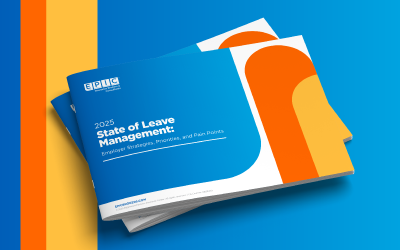When I got into the health insurance game, I remember my partner, Larry Kirshner, told me, “this business is easy – it’s just premium and claims.” I laugh at that recollection. As the cost of healthcare ramps up, it has become more of a shell game. And finding the pea under the shell is a challenge, even for astute consultants, as the sleight of hand of providers increases in stealth factor. All of the constituents are seeking to maximize their share of the profits. So, new federal transparency regulations have come into play, which seek to make it clearer for payers to understand and negotiate costs.
Viewpoints from Craig Hasday
Transparency surrounding hospital costs went into effect on January 1, 2021, and Centers for Medicare & Medicaid Services (CMS), the federal agency that regulates these laws, has already started sending out warning letters of non-compliance.
These show just how important the providers believe it is to guard actual costs. And I have written a lot about pharmacy (which used to be pretty easy) and represented 8% of claims. But now, pharmacy has become more than 20% of medical costs and is one of the faster-growing components of healthcare expense – and rebates cloudy up an already unclear cost structure. So much so that an industry of its own has developed with a cadre of consultants on all sides. There is no doubt that pharmacy cost transparency rules are needed and they are coming.
Federal laws restrict “profits” to 15-20% of insurance premiums, but here is a relatively new game that’s being played:
All of the four national health insurers own pharmacy benefits managers (PBMs) and other providers of healthcare. Owning providers allows the health insurers to expand profits in areas other than “premiums.” The federal law restricts profits on premiums but does not restrict profits on services rendered by providers owned by these insurance carriers. Axios announced days ago that the amount of “intercompany eliminations” reported by UnitedHealthcare (UHC) has expanded four times compared to a decade ago. UHC’s Optum and Cigna’s Evernorth are subsidiaries designed to capture this new revenue stream. Recently, I discovered one insurer expanding their revenue by inflating capitation charges for mental health – these are not “premiums” either.
Included in the federal transparency rules is broker compensation.
The necessity and value of a quality insurance broker have become easy stories to tell as the complexity of healthcare requires greater knowledge and specialized resources to keep up with the moving peas.
Virtual Employee Benefits University (VEBU) Learning Is Underway (July 19 to 23) | See How EPIC Consultants Stay Connected for Our Clients
Participate in Our Fertility Benefits Market Pulse Survey | Open Through July 27
EPIC offers these opinions for general information only. EPIC does not intend this material to be, nor may any person receiving this information construe or rely on this material as, tax or legal advice. The matters addressed in this article and any related discussions or correspondence should be reviewed and discussed with legal counsel prior to acting or relying on these materials.
COVID-19 RESOURCES
Related Content
Products
Employee Benefits Consulting
Our dedicated benefits team is focused on delivering better outcomes – to both your benefits program and ...
Products
Actuarial
Our Actuarial Team provides guidance on employee benefits and health and welfare programs to help meet ...
Products
Pharmacy Solutions
Our Pharmacy Consulting Practice helps companies navigate the unique complexities of expertly managing the ...



